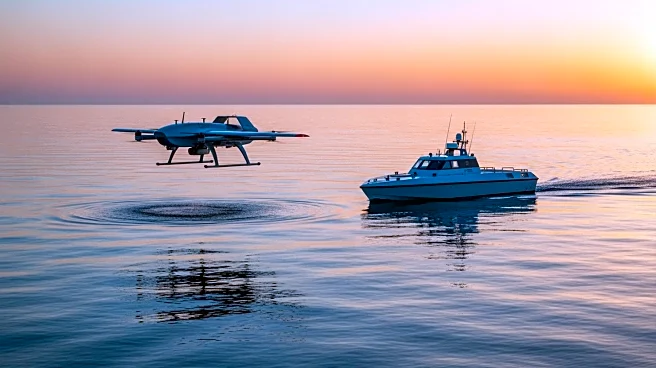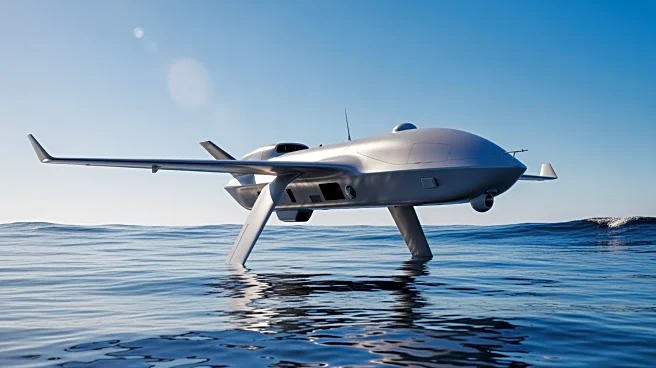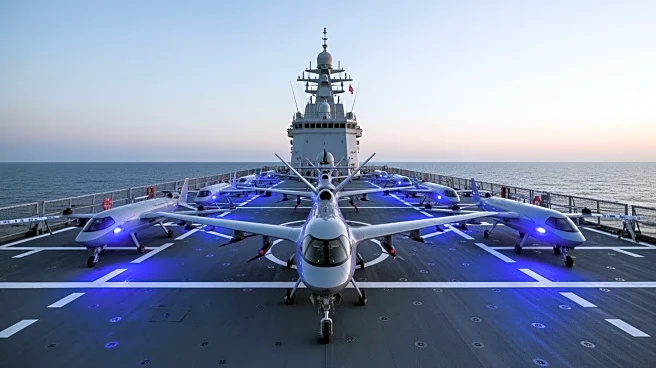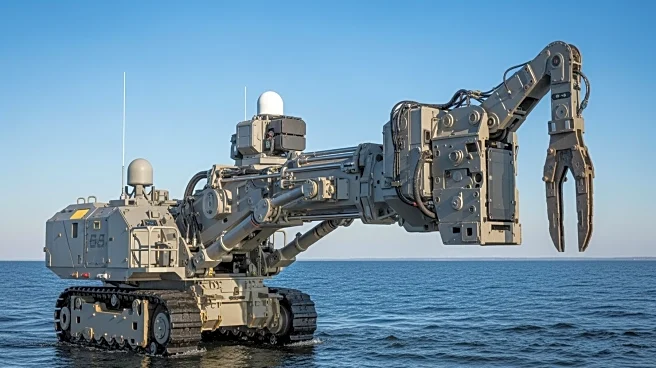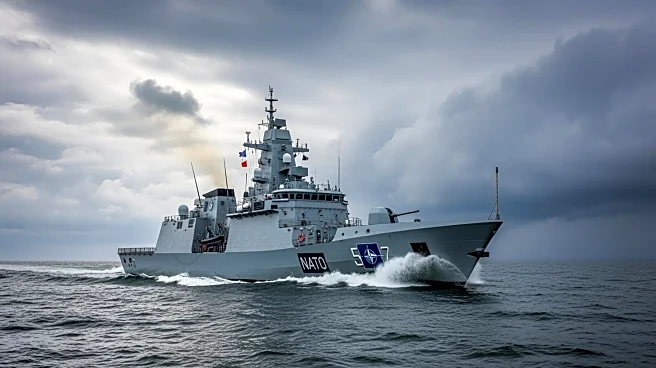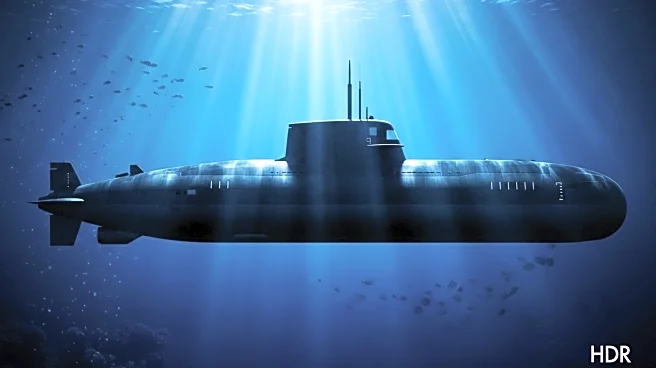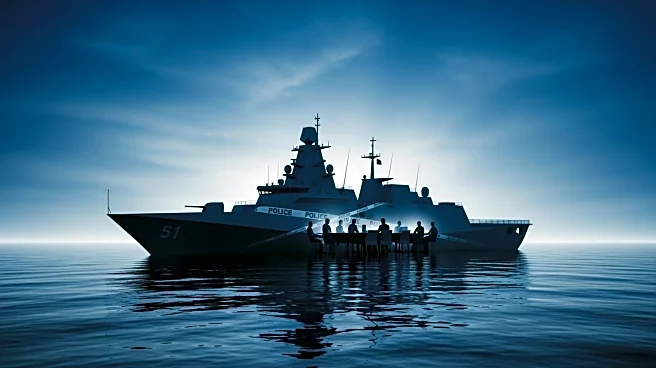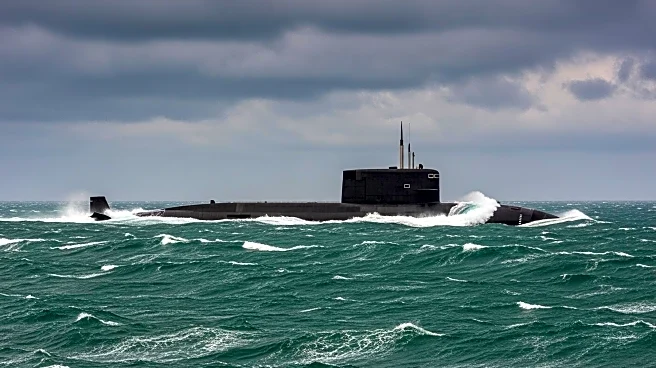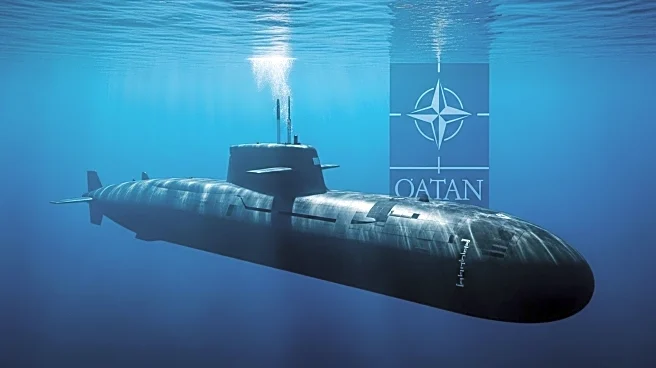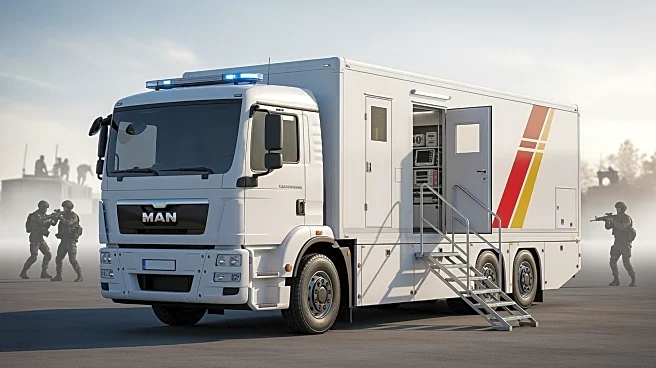What's Happening?
NATO has established Task Force X Baltic in the Baltic Sea as a pilot operational experimentation activity to apply the Task Force X concept, which employs maritime unmanned systems (MUSs) to counter underwater
threats. This initiative marks the first at-sea application of NATO Allied Command Transformation's concept, achieving several firsts in MUS command-and-control. The operation involves integrating data from unmanned surface vehicles and other MUSs into NATO's Coalition Warrior Interoperability Exercise framework, enhancing maritime situational awareness. The Mainsail tool, developed by NATO's Centre for Maritime Research and Experimentation, supports early detection of anomalous behaviors around critical undersea infrastructure, contributing to NATO's Baltic Sentry maritime surveillance activity.
Why It's Important?
The deployment of Task Force X Baltic underscores NATO's commitment to enhancing maritime security in the Baltic region, a strategic area with significant geopolitical tensions. By leveraging advanced technologies like MUSs and artificial intelligence, NATO aims to improve its ability to detect and respond to underwater threats, thereby strengthening the security of critical infrastructure. This initiative also highlights the importance of interoperability and standardization within NATO, as evidenced by the use of STANAG 4817 protocols. The successful integration of unmanned systems into NATO's operations could set a precedent for future military strategies, potentially influencing defense policies and military investments across member states.
What's Next?
As STANAG 4817 approaches its final developmental stages, further test and evaluation in real-world contexts are anticipated. The ongoing development and potential ratification of this standard will likely enhance the operational integration of unmanned systems within NATO. Additionally, the success of Task Force X Baltic may lead to expanded use of MUSs in other regions, prompting NATO member states to invest in similar technologies. The initiative could also influence broader discussions on maritime security and defense collaboration among NATO allies, potentially leading to new agreements or joint exercises.
